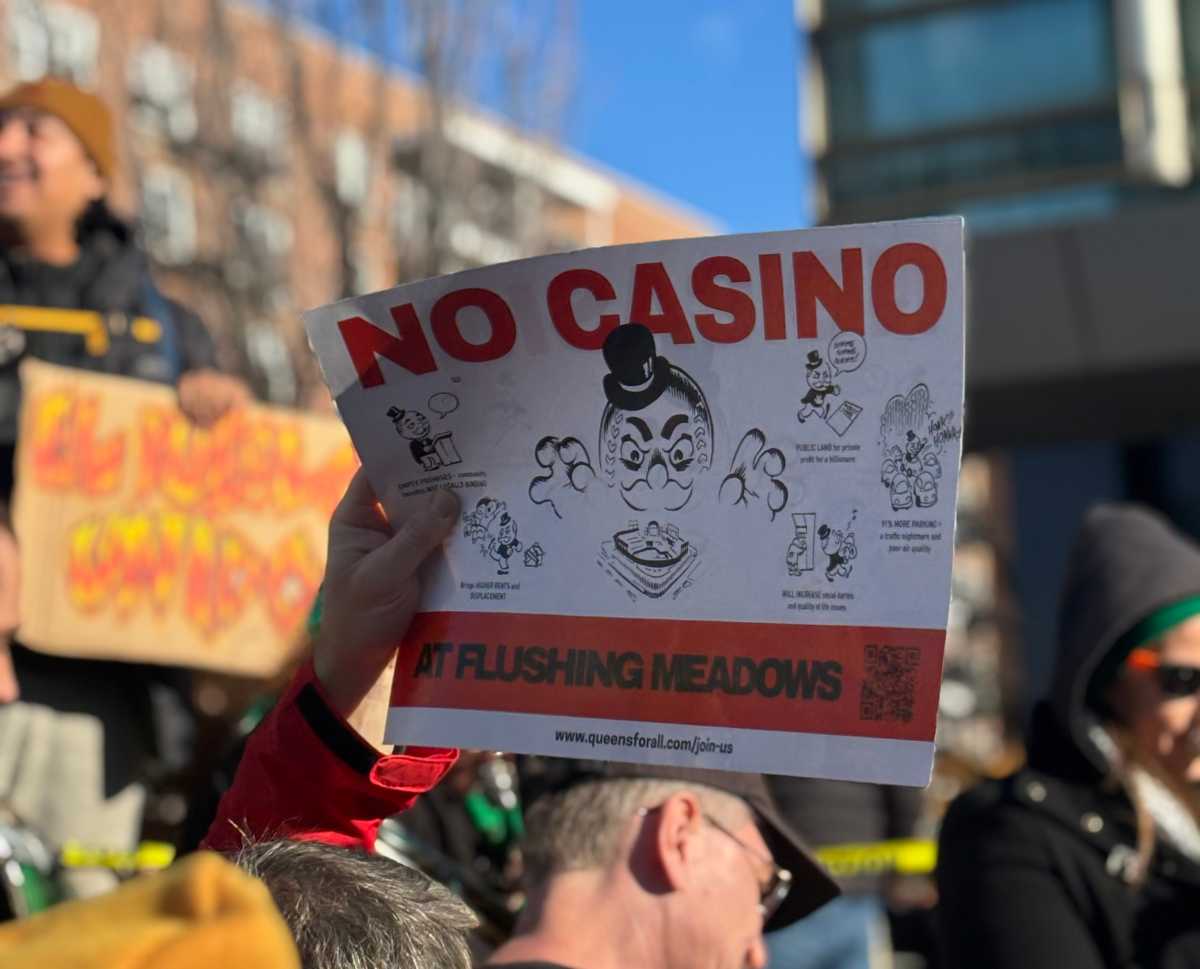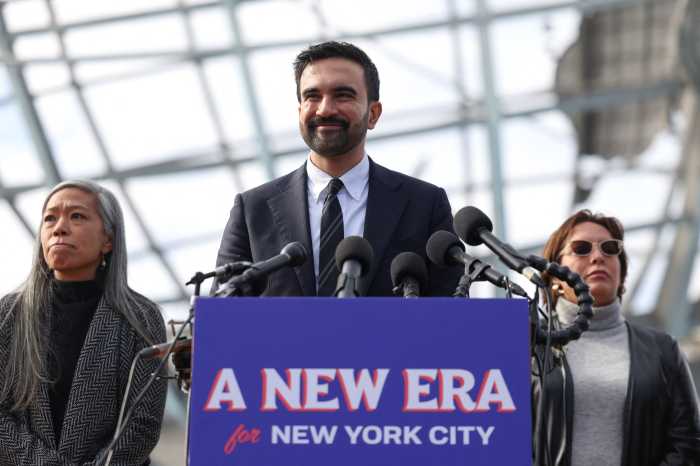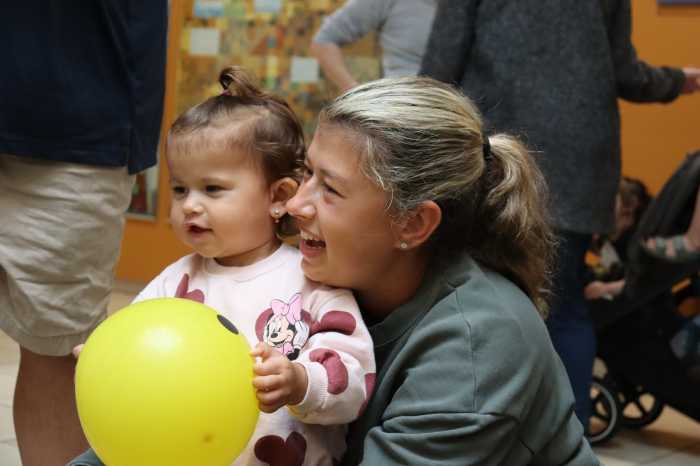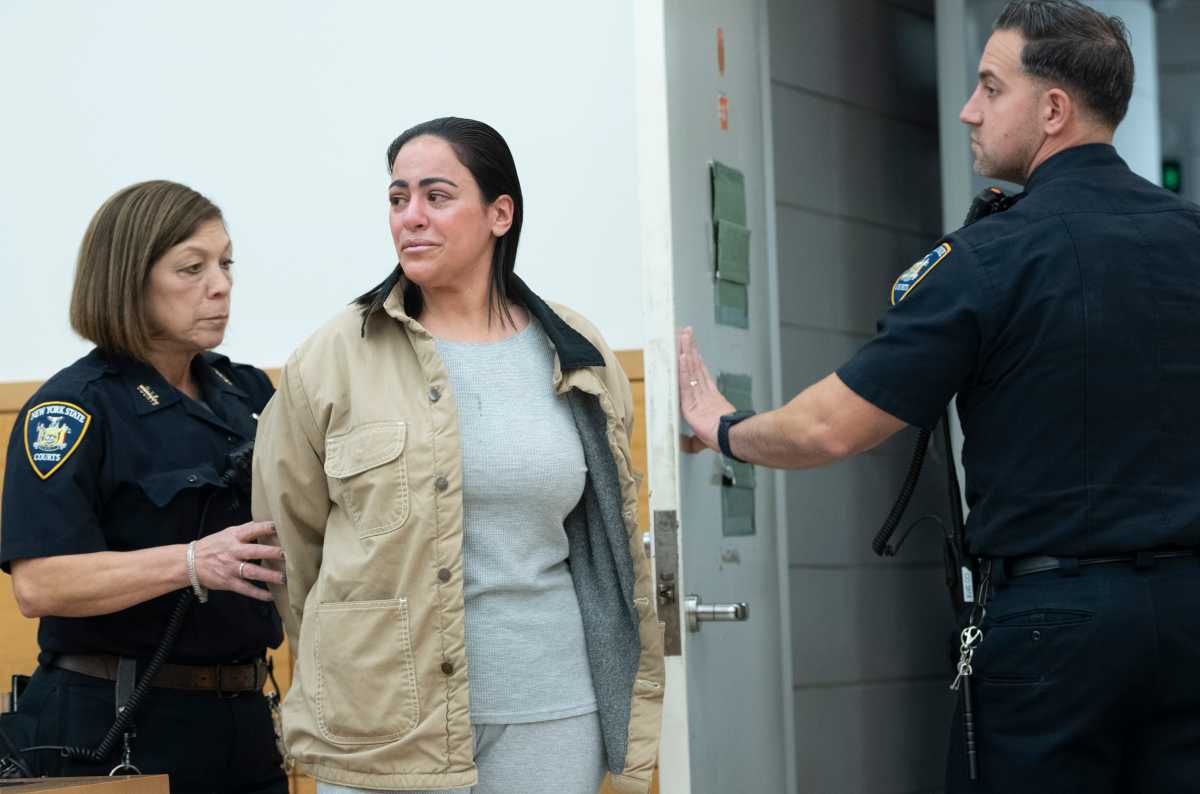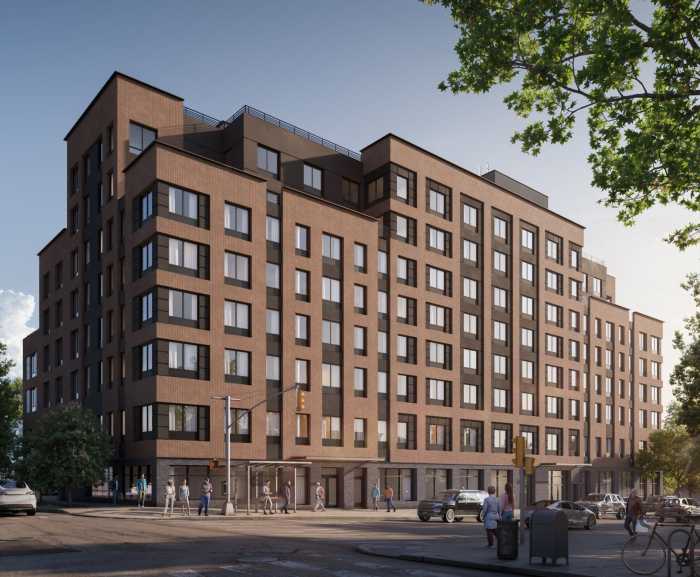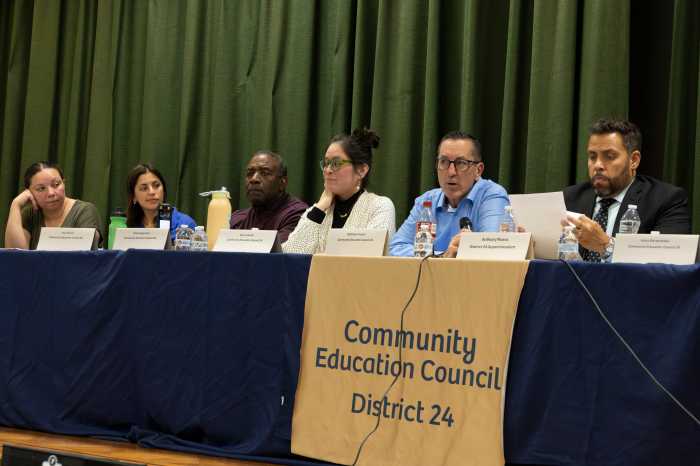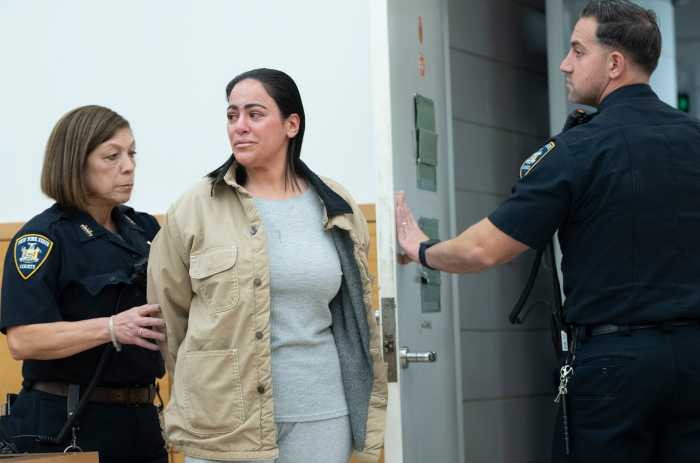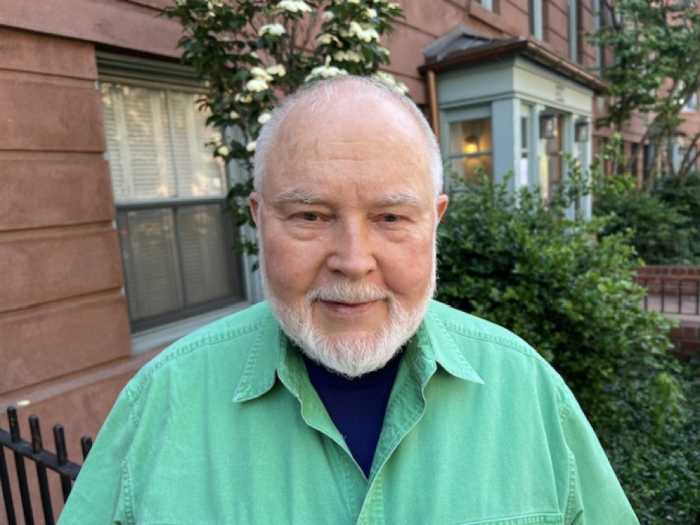
The rent is taking a bigger bite out of the Big Apple.
NYC renters are expected to pay an average of 65.2% – almost two-thirds – of their income on rent in 2016, up 5.5 percentage points from last year, according a StreetEasy forecast.
In neighborhoods such as Manhattanville, Chinatown, Little Italy and Mott Haven the median rents for market rate apartments are higher than even the typical household income, the report said.
Brooklyn renters can anticipate paying 65.4% – an uptick 3.7 percentage points over last year, according to the StreetEasy forecast. The new rent to income ratios in Queens (51.6%), the Bronx (54.1%) and Manhattan (49.1%) also exceeded the one-quarter to one-third of income guidelines that experts say financially sound households should spend on housing. Only Staten Island’s ratio – which ticked up from 26.6% last year to 27.9% this year – remained in that healthy range.
Growing rent burdens threaten to erode NYC’s global competitiveness, as entrepreneurial talent may opt to flee in search of “less expensive cities that afford a higher standard of living,” the report concluded.
Rents in Queens relative to income increased the most among the boroughs, leaping 8.1 percentage points from last year’s 43.5% rent-to-income ratio last. The famously rent-burdened Bronx rent-to-income ratio went up less than a point (it was 53.2% last year). Staten Island’s uniquely healthy ratios are projected to be 27.9%, up from 26.6% last year. Manhattan was the only borough to see the ratio dip – from 49.5% to 49.1%, but that is a result of the income growth of certain residents there, not because rents decreased.
Graphic designer Valentina Galindo, 25, who shares a four bedroom in Bushwick with three roommates, said endlessly escalating rents have prompted her to surrender any dreams of ever living alone, much less buying a home.
“What am I going to do — pay $1,400 for a studio?” asked Galindo, who shells out $825 a month plus other expenses for her share of the apartment. “You gotta do what you gotta do,” she said with Brooklyn fatalism.
Mayor Bill De Blasio is acutely aware of the affordability crisis and “since day one” has been “working around the clock to build housing and housing capacity across the five boroughs,” his press secretary, Karen Hinton said in a statement.
“In just two years, the City has financed more than 40,000 affordable homes, and, with the City Council, we made historic revisions to our zoning codes,” which will create more housing for hard-hit groups such as seniors and the low-and-moderate income, she added.
But “addressing the supply side is only half the battle,” said Alan Lightfeldt, StreetEasy data scientist. “No other factor is more fundamental to the city’s growing rent burden than lagging income growth. . . . Until income growth catches up with rent growth, the rent affordability problem will loom large,” he said.
If StreetEasy’s citywide data seems at odds with borough averages, it is because it “is not a product of the medians of all the boroughs,” but of neighborhoods in every borough “which provides a wide scope,” StreetEasy spokeswoman explained in a statement. “It’s not an a to b math equation,” she said.
Data, she said, was collected and analyzed from all types of rentals offered on the StreetEasy website.
The median rent-to-income ratio by borough in 2016, or the share of total househould imcome necessary to pay median asking rent.
The Bronx: 54.1
Manhattan: 49.1
Brooklyn: 65.4
Queens: 51.6
Staten Island: 27.9




